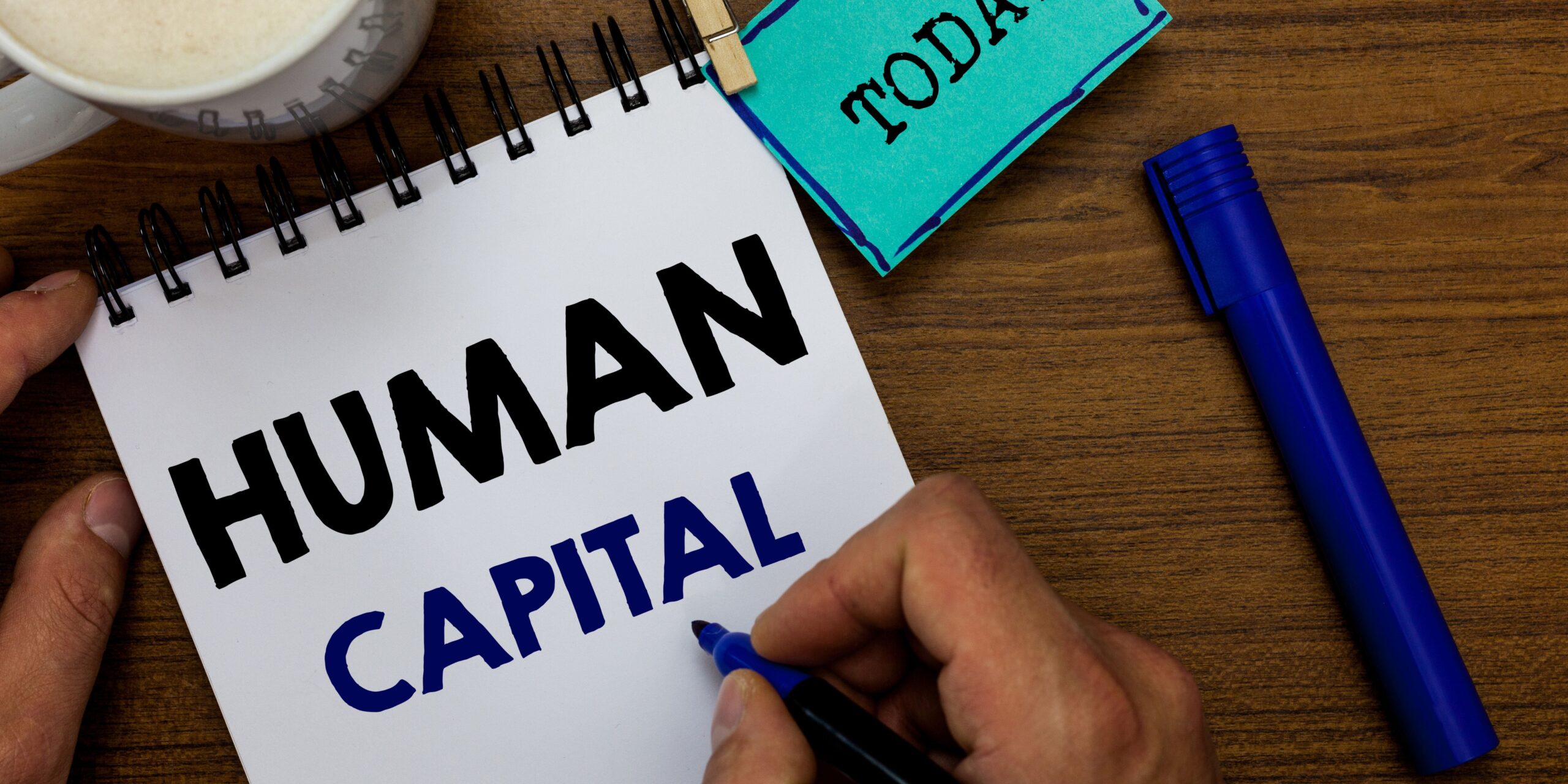Recruitment is undergoing a rapid transformation with the widespread arrival of artificial intelligence (AI). Companies are constantly looking to streamline their processes to meet market demands and attract top talent. While automating parts of the hiring process can boost productivity and offer undeniable benefits, certain steps are fundamentally human. Overlooking them poses significant risks and directly impacts both the employer brand and the quality of hires.
The Impact of Artificial Intelligence on Modern Recruitment
Technological advancements have placed artificial intelligence at the heart of recruitment strategies. Sophisticated tools promise efficient automated CV screening, drastically cutting down time spent on repetitive tasks. For many recruiters, automated analysis yields significant productivity gains and helps accelerate sourcing and talent discovery.
However, these same technologies raise serious questions about the limits and risks of AI in the hiring process. Automation doesn’t always equate to fairness or neutrality. Some practices still require human decision-making to preserve the quality and diversity of shortlisted candidates.
Critical Steps That Cannot Be Automated
Despite impressive technological progress, minimizing human involvement in recruitment exposes organizations to costly pitfalls. Several key stages require direct input to finely assess subjective or strategic elements, especially when it comes to evaluating skills.
Among the roles affected by this evolution, it’s worth focusing on the Business Development Representative — a strategic position that demands a fine balance of autonomy and relationship-building skills. For a deeper look at the expectations tied to this role, a detailed resource outlines the Business Development Representative job description.
These crucial stages involve direct dialogue with candidates, the assessment of soft skills, and alignment with a company’s core values. They also provide a richer experience for everyone involved, strengthening the employer brand.
Why One-on-One Interviews Should Remain Human
Even with AI’s progress, in-person interviews hold irreplaceable value. Candidates don’t express spontaneity the same way in front of an algorithm. Building trust relies heavily on interacting with a real human. The ability to ask improvised questions or react to unexpected comments adds depth and helps move beyond pre-formatted answers.
Human decision-making becomes essential to detect subtle cues, emotions, and weak signals. These intangible nuances often make the difference between two technically similar profiles during an interview.
Evaluating Soft Skills: A Matter of Human Intuition
Measuring soft skills isn’t about ticking boxes or parsing keywords. Active listening, stress management, and creativity are revealed during informal exchanges, group exercises, or role plays. An AI might spot some behavior patterns, but it can’t grasp the full depth of human interaction.
Many real-life situations defy purely algorithmic logic. For example, assessing whether a candidate fits the company culture relies mostly on the seasoned intuition of a recruiter. On-the-ground observation remains essential for making recruitment decisions that align with company dynamics. Those who want to dive deeper into roles that combine analytical and interpersonal skills can consult the Business Development Representative job description as well.
Automate or Not: Striking the Right Balance to Protect Employer Branding
Automation quickly became a branding tool for companies, showcasing modernity and agility. While this approach has clear benefits, it comes with a flip side. If the human touch is lost, the candidate experience suffers — and that reflects poorly on the employer brand.
Some common mistakes, like impersonal auto-replies or generic rejection messages, hurt a company’s reputation among job seekers. Providing a personalized follow-up offers a competitive edge and shows that each application is treated with care beyond automated filters.
What Are the Specific Risks of Excessive Automation?
Handing over most steps to artificial intelligence can lead to several issues. A poorly trained algorithm may unintentionally discriminate, relying on biased criteria to evaluate candidates. The lack of a personal touch can also discourage those who thrive on authentic interaction.
Candidates eliminated by automated filters often feel frustrated or unfairly judged — emotions that are hard to reverse later. These negative experiences spread quickly through professional social networks, which directly affects your employer brand.
What Actions Should Remain Human to Ensure a Positive Candidate Experience?
A personalized welcome at the very first touchpoint already sets a positive tone. A manually written first message reflects the kind of relationship the company wants to build. Throughout the process, being available to answer spontaneous questions or give real-world context is crucial to a positive candidate experience.
When rejecting a candidate, offering thoughtful and specific feedback builds credibility in the recruitment process. These practices avoid the impersonal sting of 100% automation and enhance the employer brand.
Key Steps Where Human Judgment Is Essential
- In-depth individual interviews and open conversations
- Soft skills evaluation through real-life scenarios
- Final selection among qualified candidates
- Personalized communication, both for offers and rejections
- Onboarding and introducing new hires to the team
Each of these steps highlights the limits of AI. Their effectiveness depends on the ability to take a step back, apply context, and listen closely to each candidate’s story.
Being able to balance high-performance tools with empathy and human insight helps build lasting trust in your company — a key ingredient for boosting your employer brand and securing today’s most in-demand talent.
Comparison: Automated CV Screening vs Human Analysis
| Criteria | Automated CV Screening | Human Analysis |
|---|---|---|
| Speed | Very high | Moderate to low |
| Bias elimination | Depends on algorithms; potential hidden biases | Subjective, but context-aware |
| Detection of atypical paths | Low (based on pre-set criteria) | High (can consider non-traditional backgrounds) |
| Candidate relationship | None | Direct and personalized dialogue |
| Overall cost | Strong economic benefits | Time and HR resource investment |
The results show that while automated CV screening boosts operational efficiency, human insight enhances the process by bringing fresh perspective to each application. A balanced combination of both methods significantly improves recruitment quality.
Successfully Combining AI Efficiency With Human Engagement
Striking the right balance between AI-driven productivity and high human involvement is emerging as the most sustainable solution in today’s fast-evolving hiring landscape.
Frequently Asked Questions About Using AI in Recruitment
What are the risks of fully automating the recruitment process?
Fully automating recruitment means losing access to key qualitative information, especially in soft skills assessment. It also introduces risks of algorithmic bias and lacks flexibility in handling atypical profiles. Finally, it harms the candidate experience, which strongly shapes how your company is perceived.
- Loss of emotional and behavioral nuance
- Risk of algorithmic partiality
- Damaged candidate experience
Why can’t soft skills evaluation be entrusted to AI?
Soft skills are deeply rooted in social interactions, emotions, and context. AI relies on objective data and cannot capture subtle signals or assess cultural fit. Only human judgment can integrate these intangible aspects to make coherent hiring decisions.
- Subtle interpretation of unexpected reactions
- Assessing alignment with company culture
How can you maintain a positive candidate experience despite automation?
Combining the strengths of AI with personalized follow-up ensures candidates feel valued. Writing tailored messages, offering constructive feedback, and maintaining transparent communication throughout the process provide an ideal balance. For some recruiters, having a dedicated human point of contact makes all the difference.
- Personalize important communications
- Be available for quick responses
- Clearly justify decisions
When is human decision-making most critical in AI-assisted hiring?
Human input is crucial during sensitive stages such as final shortlists, aligning candidate expectations with the role, and delivering personalized feedback. When multiple candidates appear suitable on paper, only a deep conversation can objectively differentiate them. This makes the recruiter’s role essential, beyond what algorithms can offer.
| Stage | AI Assistance | Human Decision |
|---|---|---|
| Initial sourcing | Yes | Not needed, except in special cases |
| Shortlist & interviews | Yes (first filters) | Required |
| Final selection | Not recommended | Indispensable |








